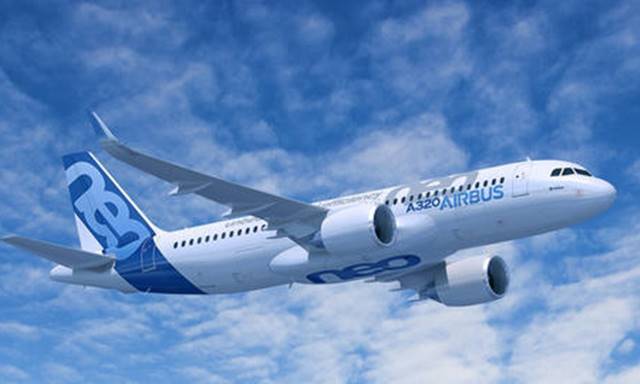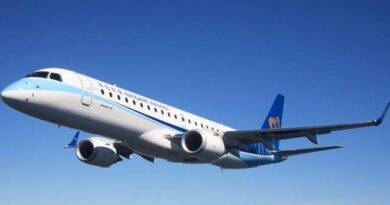Maximum Operating Altitude in Aviation: Definition and Importance
In aviation, the term maximum operating altitude refers to the highest altitude at which an aircraft can safely operate under specific conditions. This critical specification, often set by aircraft manufacturers, is determined by the aircraft’s performance capabilities, the design of its pressurization systems, and engine limitations. Understanding the maximum operating altitude is essential for ensuring the safety and efficiency of flights, particularly for commercial airlines and private jets.
Key Considerations of MOA
- Aircraft Performance:
- The maximum operating altitude is influenced by an aircraft’s ability to generate sufficient lift and maintain thrust as altitude increases. At higher altitudes, the air density decreases, making it harder for engines to produce the same amount of thrust as they would at lower levels.
- Cabin Pressurization:
- The higher an aircraft flies, the thinner the air becomes, which means pressurization systems must work harder to maintain a breathable cabin environment. The design of an aircraft’s pressurization system imposes limitations on how high it can safely operate.
- Regulatory Limits:
- Aviation authorities, like the Federal Aviation Administration (FAA) and the European Union Aviation Safety Agency (EASA), enforce specific altitude limits based on an aircraft’s certification. These regulatory limits are often incorporated into an aircraft’s operation manual.
- Engine and Structural Design:
- Engine performance decreases as altitude rises, especially in non-turbocharged engines, which can drastically affect climb performance. Structural limits, including the materials used in constructing the aircraft, also dictate the maximum operating altitude.
Why Is Maximum Operating Altitude Important?
The maximum operating altitude plays a crucial role in aviation for several reasons:
- Safety: Exceeding this limit could result in cabin depressurization, engine failure, or reduced control over the aircraft due to loss of aerodynamic efficiency. These risks are mitigated when pilots adhere to the specified maximum altitude.
- Fuel Efficiency: Aircraft are generally more fuel-efficient at higher altitudes due to lower air resistance. However, flying too high can strain the engines and lead to inefficiencies. The MOA ensures an optimal balance between performance and fuel economy.
- Weather Avoidance: Higher altitudes allow aircraft to fly above weather disturbances such as turbulence and thunderstorms. However, flying beyond the maximum limit compromises safety and performance.
Factors That Influence Maximum Operating Altitude
Several variables influence the determination of an aircraft’s maximum operating altitude:
- Aircraft Type:
- Different types of aircraft have varying altitude limits. Commercial airliners, such as the Boeing 737 and Airbus A320, typically have a maximum operating altitude of around 41,000 feet. On the other hand, military jets and business jets may have higher limits due to more advanced engine and pressurization systems.
- Payload and Weight:
- The weight of the aircraft, including cargo, passengers, and fuel, impacts its climb performance and ability to sustain flight at higher altitudes. Heavier loads may reduce the aircraft’s ability to reach or maintain maximum operating altitude.
- Environmental Conditions:
- Air temperature and pressure also influence altitude limits. Colder temperatures, common at higher altitudes, can improve engine performance, but extreme cold or hot conditions can cause issues with fuel flow and engine efficiency.
Examples of Maximum Operating Altitudes for Different Aircraft
- Boeing 737: MOA of approximately 41,000 feet.
- Airbus A320: MOA of around 39,100 feet.
- Cessna Citation X (Business Jet): MOA of 51,000 feet.
- Gulfstream G650 (Private Jet): MOA of 51,000 feet.

How Pilots Manage Maximum Operating Altitude
Pilots are trained to monitor their aircraft’s altitude closely, especially when flying at high altitudes near the aircraft’s maximum limit. Modern aircraft are equipped with advanced avionics that alert pilots if they approach or exceed safe altitude limits. In some cases, a steep descent is required if the pressurization system fails or if engine performance becomes compromised.
Before takeoff, flight planning software calculates the most efficient flight profile, taking into account the MOA. In-flight adjustments may be necessary based on changing weather conditions, weight, and fuel consumption.
Conclusion
Understanding the concept of maximum operating altitude is critical for the safety, performance, and efficiency of aircraft. It ensures that pilots operate within safe limits, maintaining optimal fuel consumption while avoiding dangerous scenarios like pressurization failure. As aviation technology advances, future aircraft may see increased maximum altitudes, but the fundamental principles of flight safety and engine performance will always play a central role in determining these limits.


